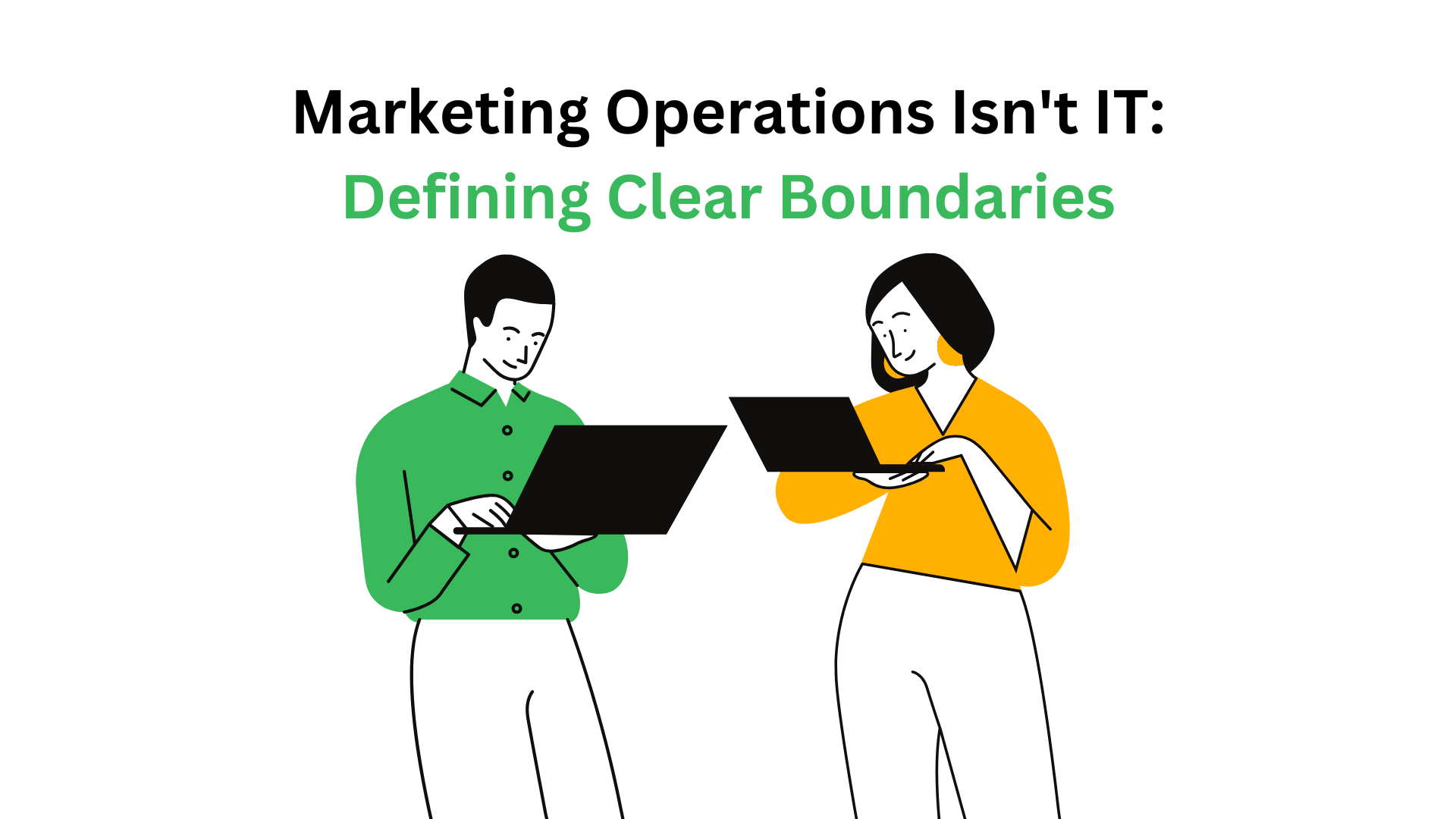The $1M Customer Segmentation Mistake Nearly Every B2B Company Makes
"Our ideal customer is any company willing to pay us." I've heard countless executives make this claim, not realizing this approach is costing them millions.
Bain & Company found that companies with advanced customer segmentation strategies achieve 10% higher annual revenue growth than competitors—yet 76% of B2B companies still rely on basic firmographic segmentation alone.
Here's the shocking reality: most of your profitability likely comes from just 20% of your customers. According to Harvard Business Review, the top quintile of B2B customers typically generates 180% of a company's profits, while the bottom 20% actually destroys value by losing 80% of those profits.
Yet despite these statistics, Gartner reports that only 14% of organizations have developed customer segments based on actual profitability analysis. The rest are making expensive acquisition decisions based on surface-level criteria that don't predict customer success.
The consequences are severe:
- Marketing campaigns targeting too broad an audience
- Sales teams spending equal time on high and low-potential prospects
- Customer success resources misallocated across accounts
- Product development disconnected from your most valuable users' needs
True strategic segmentation requires analyzing your customer base across multiple dimensions: profitability, lifetime value, acquisition cost, growth potential, and behavioral patterns. Forrester research shows that companies leveraging this multidimensional approach achieve 38% higher retention rates and 22% lower acquisition costs.
With HubSpot's Customer Segmentation and Profiling capabilities, you can identify which customer segments truly drive your business growth. Our reporting suite helps you understand not just who your customers are on paper, but how they actually behave and generate value.

